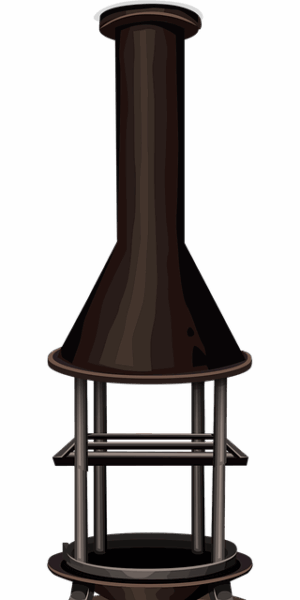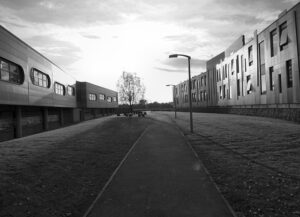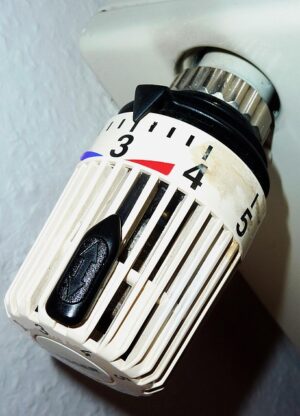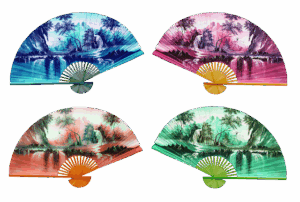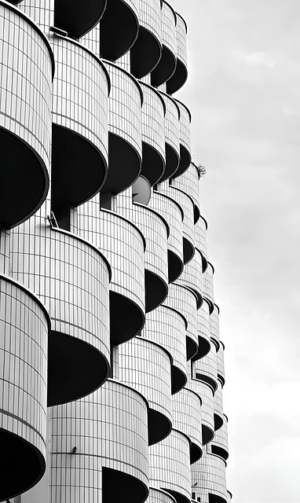Destratification fans disrupt thermal stratification with advanced air circulation, redistributing warm air for balanced temperature control in buildings. They offer substantial energy savings and improved HVAC efficiency, enhancing comfort in homes and commercial spaces. Ceiling-mounted models combat stratification year-round, reducing reliance on heating/cooling systems. Selecting high-quality fans with advanced air mixing technology ensures optimal performance and significant energy reductions.
Residential destratification fans are transforming home comfort year-round. By circulating air more efficiently, these innovative devices mitigate temperature disparities, enhancing overall comfort. This article delves into the basics and benefits of destratification fans, explains their operating mechanisms, explores seasonal applications, and provides crucial considerations for homeowners looking to select the right fan for optimal indoor comfort.
- Understanding Destratification Fans: Basics and Benefits
- How Do These Fans Work: Mechanisms Explained
- Year-Round Comfort: Seasonal Applications
- Selecting the Right Fan: Considerations for Homeowners
Understanding Destratification Fans: Basics and Benefits
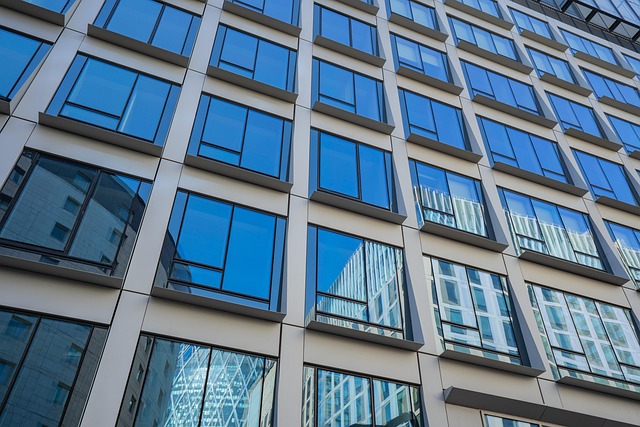
Destratification fans are designed to combat a common issue in homes and buildings: thermal stratification, where warm air rises to the ceiling while cooler air remains near the floor. This natural occurrence can lead to uneven temperature control, making it uncomfortable for occupants year-round. To address this challenge, destratification fans utilize advanced air circulation technology to redistribute warm air back down towards the living spaces, creating a more balanced and comfortable environment.
These fans offer numerous benefits, including significant energy savings and enhanced HVAC efficiency. By actively mixing and redistributing air, they reduce the workload on heating and cooling systems, resulting in lower energy consumption. This not only saves homeowners money but also contributes to a greener, more sustainable living space. In commercial applications like offices or large residential buildings, destratification fans can create a uniform temperature control environment, fostering productivity and comfort among occupants while reducing the need for excessive heating or cooling.
How Do These Fans Work: Mechanisms Explained

Destratification fans work by redistributing warm air throughout a space, breaking up thermal stratification—the natural tendency for warmer air to rise and cooler air to sink. These powerful ceiling-mounted fans use advanced air mixing technology to circulate air efficiently, ensuring even temperature control year-round. Unlike traditional HVAC systems that primarily focus on cooling, destratification fans target both heating and cooling needs by facilitating warm air redistribution.
By enhancing air circulation and thermal comfort, these fans offer significant energy savings and improve HVAC efficiency, making them a valuable tool for both residential and commercial applications. In industrial cooling scenarios, destratification fans can help maintain optimal working conditions, ensuring maximum productivity without relying heavily on energy-intensive cooling systems.
Year-Round Comfort: Seasonal Applications

Residential destratification fans offer a year-round solution for improving home comfort and energy efficiency. While traditionally associated with industrial cooling or commercial applications, their benefits extend to residential settings as well. During the warmer months, these fans help in warm air redistribution, enhancing thermal stratification and providing a more comfortable living environment without relying heavily on air conditioning. By promoting natural air circulation and mixing, destratification fans can significantly reduce energy savings while maintaining HVAC efficiency.
In colder seasons, the same fans can be reversed to draw warmer air from the ceiling and circulate it throughout the room, preventing cold spots and improving temperature control. This versatility makes residential destratification fans a practical choice for households seeking year-round comfort and reduced utility bills. Ceiling mounted fans equipped with advanced air mixing technology are particularly effective in achieving these goals, ensuring optimal air circulation and energy savings.
Selecting the Right Fan: Considerations for Homeowners
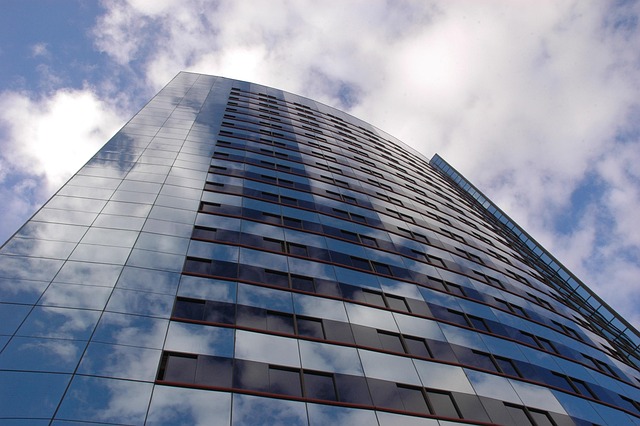
Selecting the right destratification fan is a crucial step in enhancing home comfort year-round. Homeowners should consider several factors to ensure optimal performance and energy savings. First, assess the size of the space and choose a ceiling-mounted fan designed for efficient air circulation and warm air redistribution. Look for models with adjustable speeds and a powerful motor to effectively combat thermal stratification, which can lead to uncomfortable temperature variations throughout the home.
Additionally, consider the fan’s air mixing technology, especially if you live in areas with extreme seasonal changes. High-quality destratification fans are engineered to improve HVAC efficiency by promoting uniform air distribution, thus providing better temperature control. Whether for residential or commercial applications, these fans offer a practical solution for maintaining a comfortable living environment, ensuring optimal energy savings without compromising on indoor air quality.
Residential destratification fans prove to be a game-changer in enhancing home comfort year-round. By understanding their mechanisms and selecting the right model, homeowners can enjoy a balanced interior climate, regardless of the season. These fans offer a simple yet effective solution for navigating the challenges of temperature stratification, ensuring a comfortable living environment throughout the entire year.







